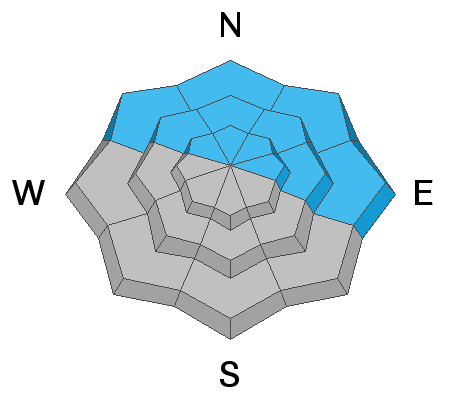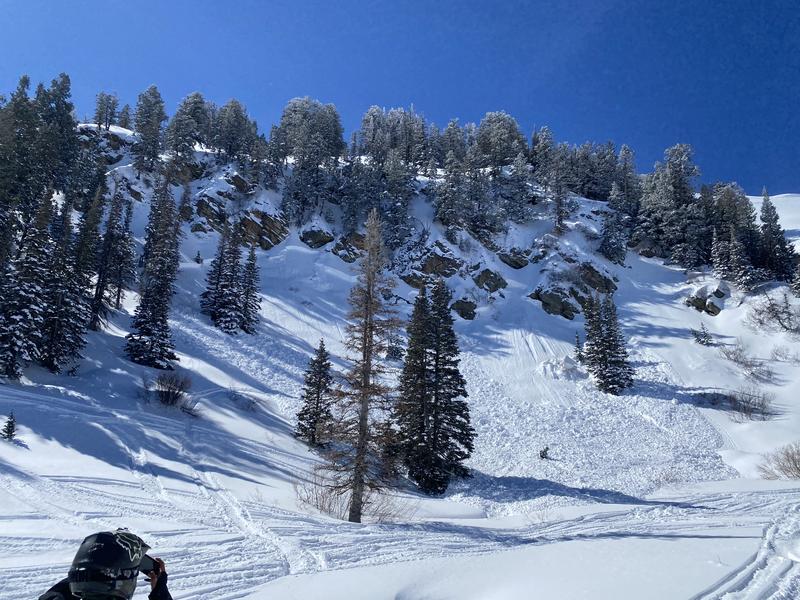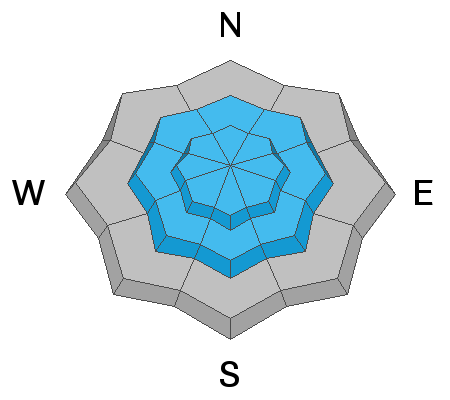Forecast for the Ogden Area Mountains

Issued by Greg Gagne on
Monday morning, March 14, 2022
Monday morning, March 14, 2022
Areas of CONSIDERABLE avalanche danger exist on steep aspects facing northwest to north to east at all elevations. Avalanches may be 1-3' deep, over a hundred feet wide and may be triggered remotely (from a distance).
A MODERATE danger exists at the mid and upper elevations for shallow wind drifts and lingering instabilities within the storm snow including sluffing and soft slabs of new snow.
Expect small loose, wet avalanches on east, south, and west aspects due to warming from strong sunshine.
Sunday's dense storm snow will provide safer and superb riding conditions on lower-angled slopes - just make sure there is nothing steep above you.

Low
Moderate
Considerable
High
Extreme
Learn how to read the forecast here










